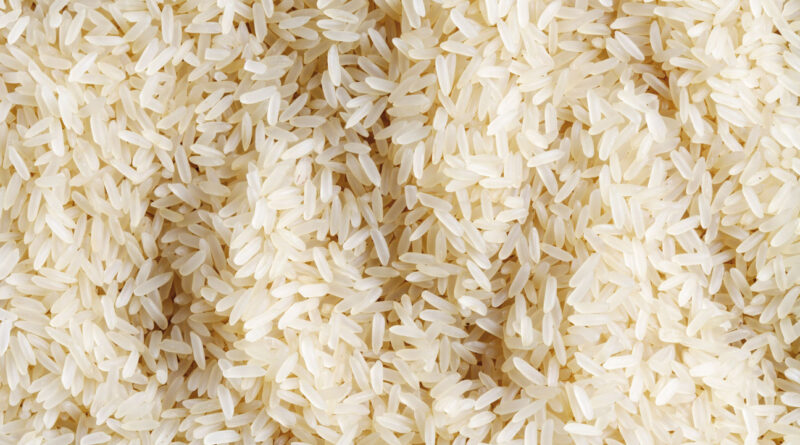Govt holds meetings to monitor agri commodity prices
By Sandip Das
The government has initiated a series of meetings with secretaries and ministers from several key departments such as agriculture, food, water resources and home affairs at regular intervals to keep a watch on prices of agricultural commodities, besides monitoring the progress of the monsoon since its most delayed onset over Kerala in four years on June 8.
Sources told FE the agriculture ministry has conducted several meetings with the state governments on the preparedness on the availability of seeds, fertilisers, fodder and other inputs required for the forthcoming kharif crops, and activating district-level agricultural contingency plans in case of a possible shortfall in monsoon rains.
“State-specific meetings are being held in collaboration with other related ministries including agriculture, food, water resources, home and earth sciences to ensure better coordination at the ground level,” an agriculture ministry official said.
Meetings have been held with representatives of Andhra Pradesh, Telangana, Madhya Pradesh, Karnataka, Rajasthan and Uttar Pradesh.
Currently, 514 comprehensive district agricultural contingency plans prepared by the Central Research Institute for Dryland Agriculture (CRIDA), affiliated to the Indian Council for Agricultural Research, have been updated.
These distinct-specific plans suggest measures such as the kind of crops to be grown and protection of soils and availability of fertilisers to be initiated in case of deficiency in monsoon rains.
As per the India Meteorological Department data, cumulative monsoon rainfall across the country during June 1–13 has been 55% less than the benchmark. However in the central India region, the deficiency in the rainfall has been at 76%.
“Any distortion in rains could bring a reversal of gains in categories experiencing low or easing of inflation especially in vegetables and edible oils, or worse, keep inflation elevated in cereals which are experiencing double digit inflation”, Dharmakirti Joshi, chief economist, Crisil, said.
To curb any possibility of a spike in prices of agricultural commodities, the government has taken measures including imposing stockholding limits on pulses and wheat, aimed at augmenting supplies besides hiking the minimum support price (MSP) of kharif crops such as paddy, pulses and oilseeds to boost output.
Retail food inflation in May declined to 2.91%, the lowest since November 2021, when it was 1.87%. Cereals inflation in May has been still at the elevated level at 12.65%.
To boost kharif sowing, which had just commenced, the government last week had hiked the MSP of the key kharif crops for 2023-24 season (July-June) by 6–10.4%, with the biggest increase being for moong and groundnut.
According to official estimates, rain-fed areas constitute half of the net cultivated area and account for 40% of the country’s food grain production. The southwest monsoon (June-September) rains contribute around 73% of the annual precipitation.
After imposing the stock limit for wheat till March 31, 2024 and a move initiated first since 2008, the government on Tuesday asked states to obtain disclosures of stock of grain with wholesalers, traders, retailers and processors to check the unfair practices.
A meeting with the states will be held on Wednesday to assess adherence to stock holding limits for tur and urad announced earlier this month till October 31.
The agriculture ministry has estimated a decline of 18.3% and 3.7% in the outputs of tur and urad for 2022-23 (July-June) at 3.4 million tonne (MT) and 2.7 MT, respectively compared to the previous crop year.
Retail inflation in tur and urad in May 2023 was 16.78% and 4.96% respectively on year.
This article has been republished from The Financial Express

